Turmeric is a versatile spice with a long history of use in both culinary and medicinal contexts. Here are some key points about turmeric:
- Origin and Botanical Information:
- Turmeric comes from the root of the Curcuma longa plant, which belongs to the ginger family.
- The plant is native to Southeast Asia and is widely cultivated in India, which is the largest producer and exporter of turmeric.
- Culinary Uses:
- Turmeric is a staple in Indian, Southeast Asian, and Middle Eastern cuisines.
- It’s commonly used in curries, soups, rice dishes, and as a coloring agent in mustard and other foods.
- Turmeric has a warm, bitter, and earthy flavor.
- Medicinal Uses:
- Turmeric has been used in traditional medicine for thousands of years.
- The active compound in turmeric, curcumin, is known for its anti-inflammatory and antioxidant properties.
- It’s used to treat various conditions, such as arthritis, digestive issues, and skin problems.
- Health Benefits:
- Anti-inflammatory: Curcumin can help reduce inflammation in the body, which is beneficial for conditions like arthritis.
- Antioxidant: Curcumin neutralizes free radicals and boosts the body’s own antioxidant enzymes.
- Potential cancer prevention: Some studies suggest curcumin may help prevent or treat certain types of cancer.
- Heart health: Curcumin may improve heart health by improving the function of the endothelium (the lining of blood vessels).
- How to Use Turmeric:
- Turmeric can be used fresh, dried, or as a powder.
- It’s often added to dishes during cooking to enhance flavor and color.
- Turmeric can be made into a tea or added to smoothies and golden milk (a milk-based beverage with turmeric and other spices).


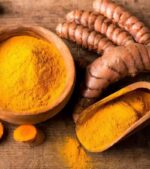
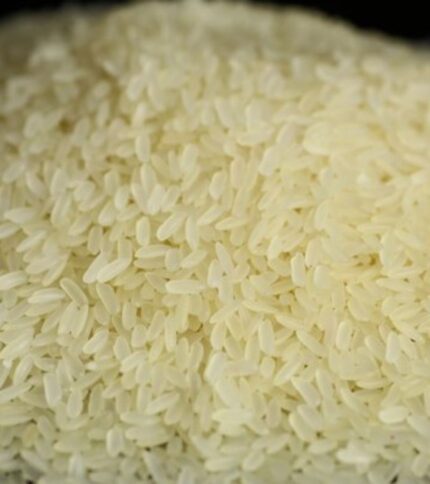



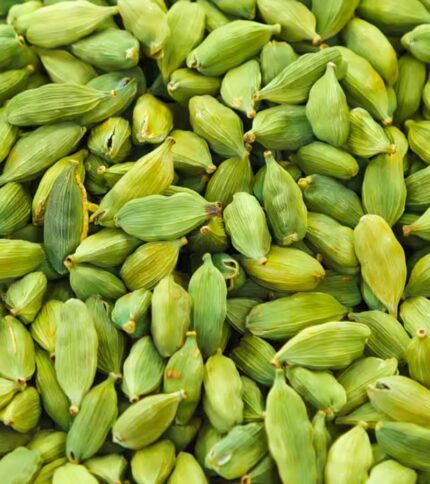
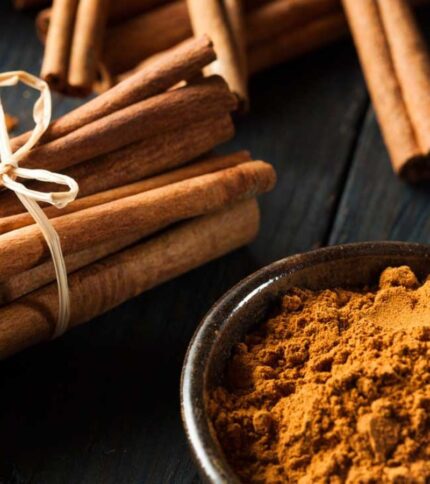
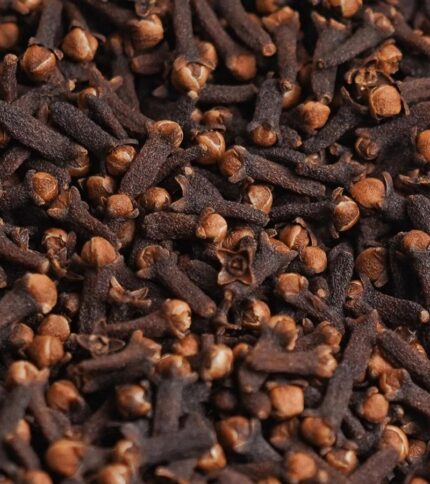
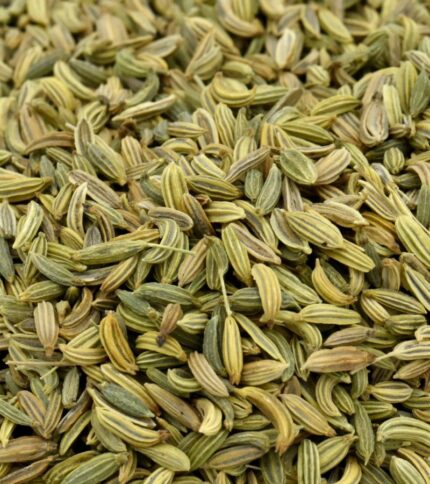

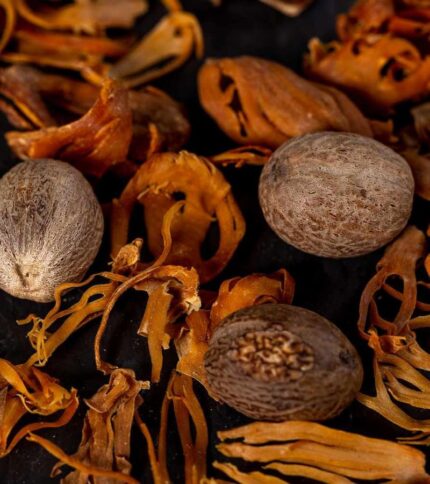
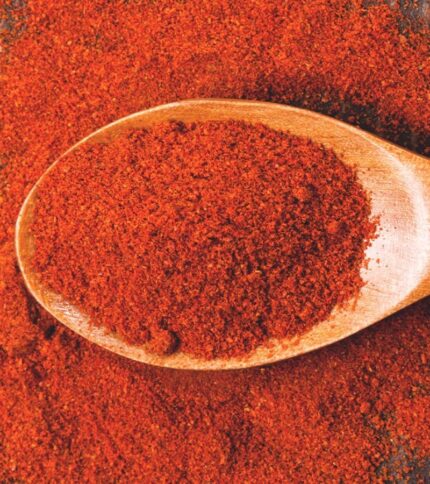
Reviews
There are no reviews yet.